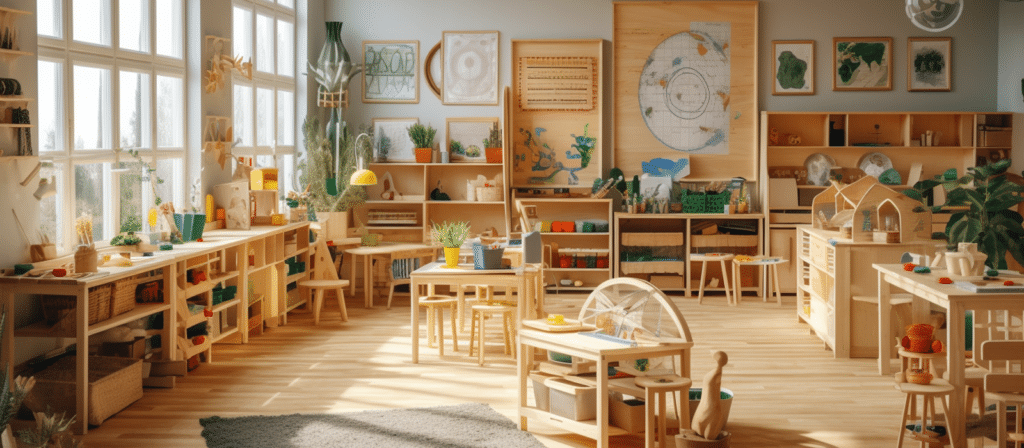Are you faced with the challenge of creating an efficient and engaging preschool environment in a limited space? Discover how preschool furniture designed for small spaces can be the key to maximizing learning opportunities for young learners. In this article, we will explore the importance of thoughtful furniture selection and layout in creating an effective and inspiring preschool setting.
Preschool Furniture for Small Spaces: Maximizing Learning is all about making the most of your available space to create a conducive learning environment for young children. Carefully chosen and strategically arranged furniture can optimize the learning experience and support various educational activities, even in compact settings.
Is it possible to create an effective learning space in a small preschool classroom?
Absolutely! Limited space shouldn’t limit the potential for learning and exploration. With the right furniture and layout, you can create a stimulating environment that promotes active engagement and maximizes learning opportunities.

So, what are the key considerations when choosing furniture for small spaces?
- Size Matters: Opt for furniture that is proportionate to the space available. Look for compact tables, chairs, and storage units that fit well without overcrowding the room.
- Multipurpose Magic: Choose furniture pieces that serve multiple functions. For example, tables with built-in storage or chairs that can be stacked when not in use. This way, you can make the most of the available space and keep things organized.
- Flexible Arrangements: Consider furniture that can be easily rearranged to accommodate different learning activities. Mobile storage carts and lightweight tables can be moved around effortlessly, allowing for various setups and configurations.
- Safety First: Ensure that all furniture meets safety standards and is age-appropriate for the children in your care. Rounded edges, sturdy construction, and non-toxic materials are essential for a safe learning environment.
How can furniture layout enhance learning in small spaces?
The layout of furniture plays a crucial role in optimizing learning experiences in small preschool classrooms. Here are a few layout ideas to consider:
- Center-Based Setups: Divide the classroom into different learning centers, such as a reading corner, art station, and sensory area. Each center can be furnished with appropriate materials and furniture to support specific activities. This allows children to move freely between centers and explore different learning opportunities.
- Flexible Zones: Create flexible zones within the classroom that can be easily transformed based on the learning needs. Use rugs, mats, or floor cushions to define these zones and provide comfortable seating options. This encourages children to engage in independent and group activities.
- Vertical Space Utilization: Don’t forget to utilize vertical space! Install wall-mounted shelves, hooks, and organizers to maximize storage options without taking up valuable floor space. This allows you to display materials, books, and artwork while keeping the room clutter-free.

What are some creative furniture ideas for small spaces?
Here are some creative furniture ideas that can work wonders in small preschool classrooms:
- Foldable Tables and Chairs: Invest in foldable tables and chairs that can be easily stored when not in use. This helps create more open floor space for various activities.
- Stackable Stools: Opt for stackable stools or chairs that can be stacked vertically to save space. These can be handy during group activities or when you need extra seating options.
- Wall-Mounted Desks: Install wall-mounted desks that can be folded down when needed. This provides a dedicated workspace for individual activities without occupying valuable floor space.
- Movable Bookshelves: Use movable bookshelves or book carts that can be easily wheeled around the classroom. This allows for easy access to books and encourages children to explore different reading areas.
In conclusion
In conclusion, small spaces should never hinder the potential for learning in preschool classrooms. By carefully selecting furniture that is appropriate for the space and utilizing creative layout ideas, you can create an environment that maximizes learning opportunities and engages young minds. Remember, it’s not just about the furniture, but how you arrange and utilize it to create an inspiring and functional learning space!













